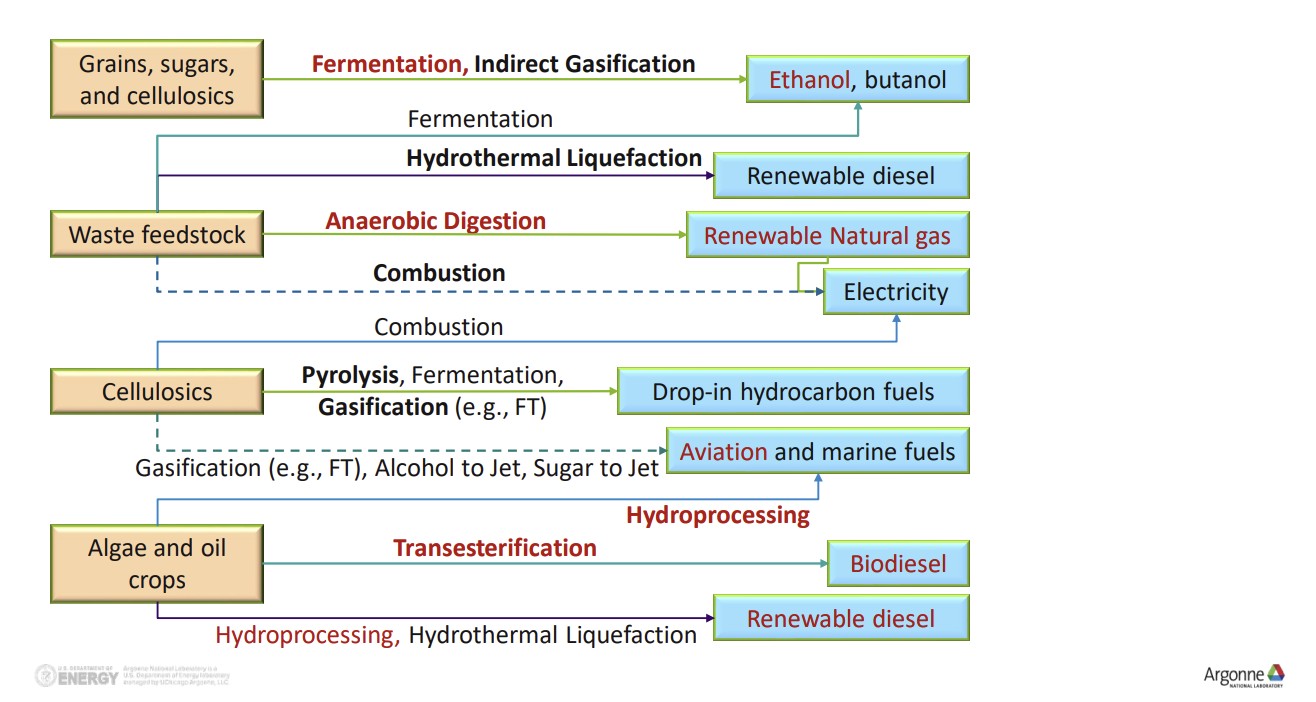A key aspect of the RFS program and its related incentives is the concept of “Carbon Intensity” or CI. CI measures the Lifecycle Greenhouse Gas (GHG) emissions per unit of energy produced. For renewable fuel producers, or any other obligated party, understanding and optimizing their CI scores is crucial for staying compliant, generating RINs, and maximizing tax credits —goals that RINSTAR is passionate about supporting.
The Greenhouse gases, Regulated Emissions, and Energy use in Transportation (GREET) model was developed by the Department of Energy (DOE) and Argonne National Laboratory. The GREET model is a lifecycle analysis tool created to assess energy consumption and emissions output. By simulating the energy use and emissions generation from feedstock production to fuel combustion, GREET offers an ability to have a more accurate CI calculation. This CI calculation is based on a thorough lifecycle assessment that evaluates emissions at every stage, from feedstock cultivation to the final fuel product. It takes into account overall energy use (both renewable and non-renewable), fossil fuel consumption, greenhouse gas emissions (CO2, CH4, and N2O), and even water usage.

Source: Argonne National Laboratory
There are multiple versions of the GREET model that are advantageous to the average renewable fuel producer depending on their business. The 45ZCF-GREET calculates emission reductions under the Clean Fuel Production Credit, a credit which is the latest iteration of the EPA’s incentives for post-2024 biofuel production. For producers working with specific feedstocks like corn for ethanol or soybeans for biodiesel, Iowa State Carbon Intensity Score Calculator—built on the R&D version of GREET—provides a more user-friendly way to estimate CI scores based on different production practices. The CA-GREET4.0 Model calculates carbon intensities for California-specific fuel pathways under its Low Carbon Fuel Standard.
Renewable fuel organizations, including Clean Fuels Alliance America and Growth Energy, have expressed strong support for the GREET model. Clean Fuels Alliance America stated, “We appreciate Treasury, USDA, and the Department of Energy issuing these long-awaited rules and models. We also thank the many Members of Congress who urged the Administration to publish this guidance as soon as possible. Biodiesel and renewable diesel combined are meeting 9% of U.S. demand for distillate fuel for heavy-duty transportation needs. These rules are crucial to our industry, and continued growth in the industry is essential to the agricultural sector and to U.S. energy security.” Growth Energy reinforced this sentiment, emphasizing that “Biofuel producers and farmers need the GREET Model.”
Overall, the GREET model is an invaluable tool for renewable fuel producers. This tool helps them measure carbon intensity, stay compliant with the RFS, and unlock valuable incentives like RINs and federal tax credits. By using this model effectively, producers can improve their operations, lower their carbon footprint, and make the most of the opportunities within the renewable fuel industry.
As things continue to evolve with the GREET model’s capabilities, RINSTAR will keep you updated through our newsletter.
